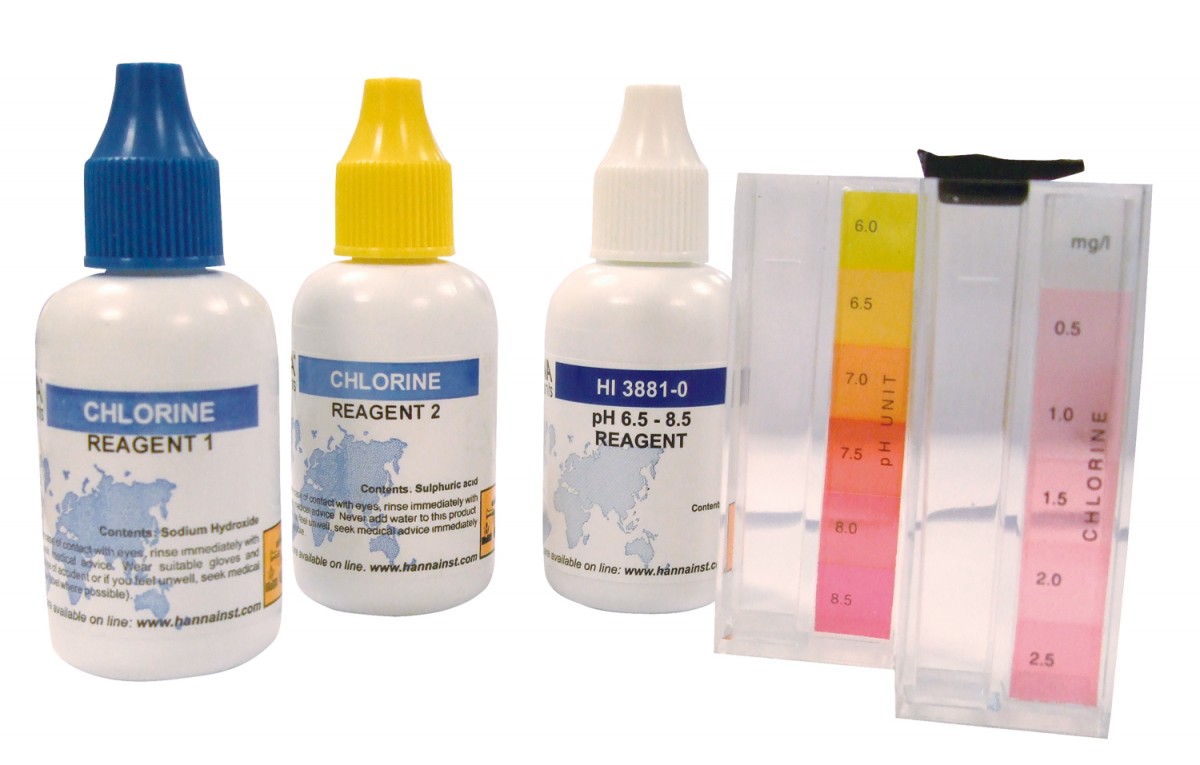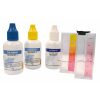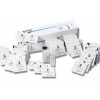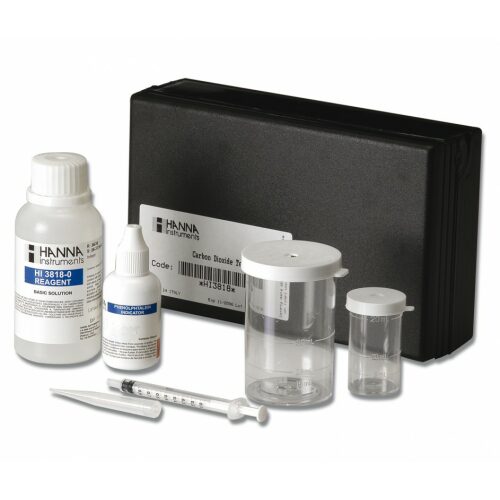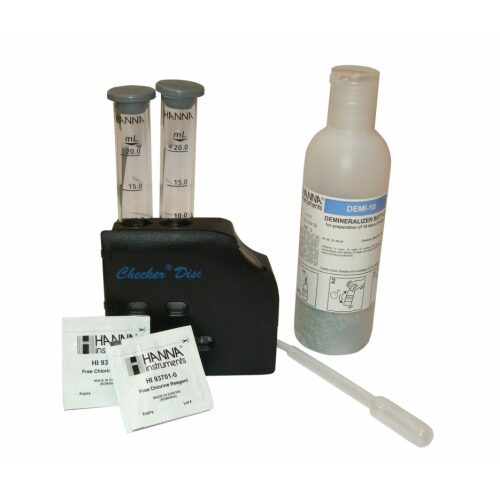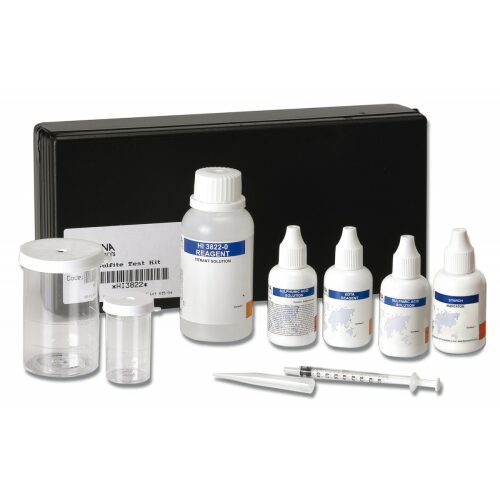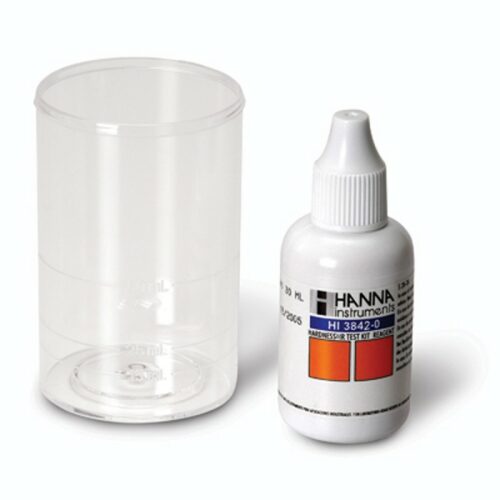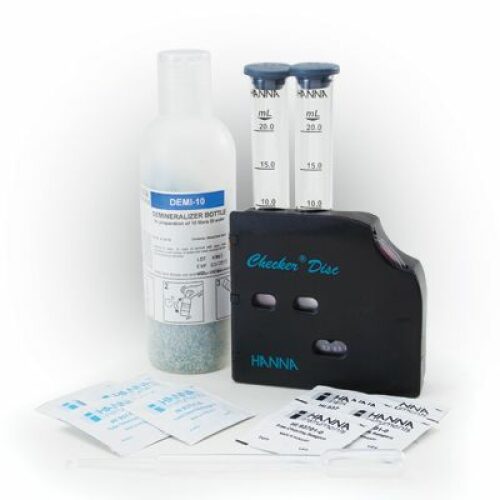-
×
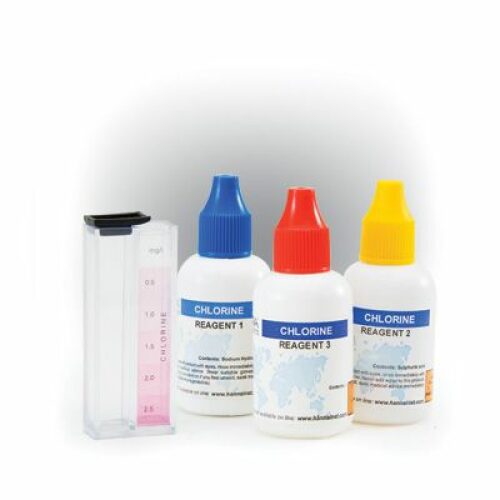 HI3831T CTK Chlorine Total
1 × ฿1,337.50
HI3831T CTK Chlorine Total
1 × ฿1,337.50 -
×
 เครื่องวัดปริมาณคลอรีนรวม รุ่น HI711
1 × ฿3,103.00
เครื่องวัดปริมาณคลอรีนรวม รุ่น HI711
1 × ฿3,103.00 -
×
 เครื่องวัดปริมาณแอมโมเนีย ในน้ำ รุ่น HI715
1 × ฿3,103.00
เครื่องวัดปริมาณแอมโมเนีย ในน้ำ รุ่น HI715
1 × ฿3,103.00 -
×
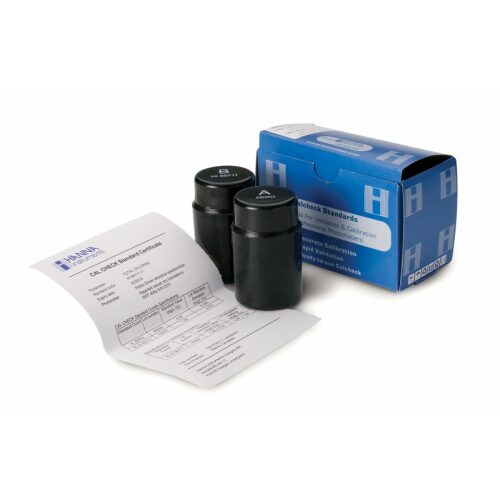 HI96711-11 CalCheck ™ Chlorine Total Calibration-Set
1 × ฿9,095.00
HI96711-11 CalCheck ™ Chlorine Total Calibration-Set
1 × ฿9,095.00 -
×
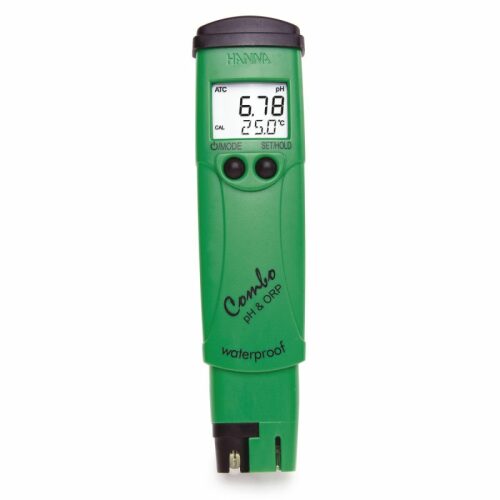 HI98121 COMBO pH/ORP/°C-Tester, waterproof
1 × ฿11,770.00
HI98121 COMBO pH/ORP/°C-Tester, waterproof
1 × ฿11,770.00 -
×
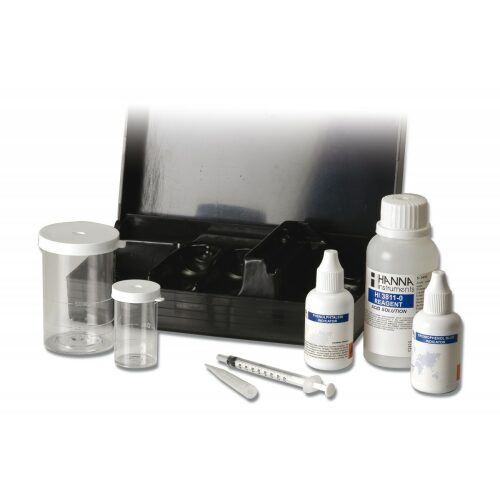 HI3811 CTK Alkalinity
1 × ฿2,728.50
HI3811 CTK Alkalinity
1 × ฿2,728.50
Subtotal: ฿31,137.00
